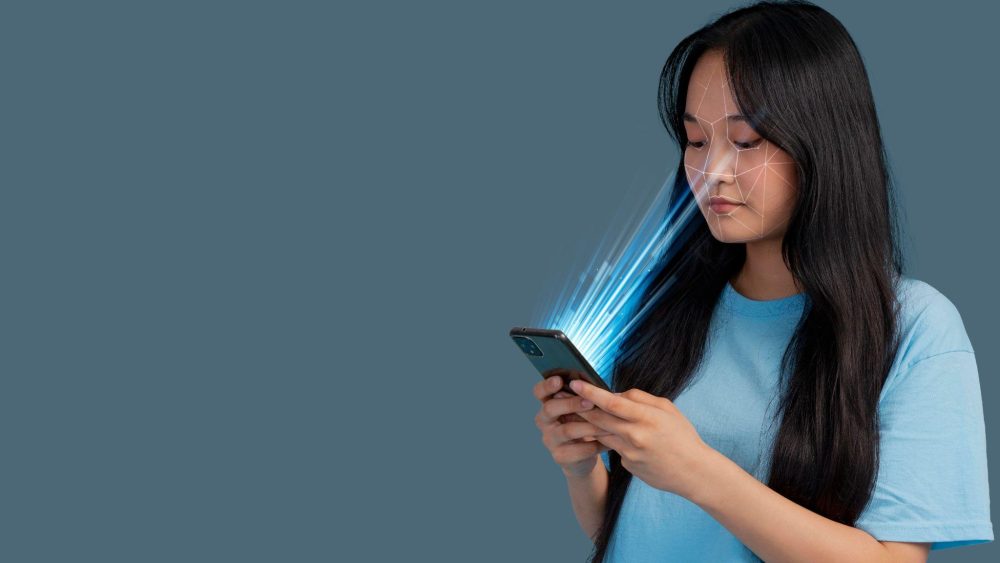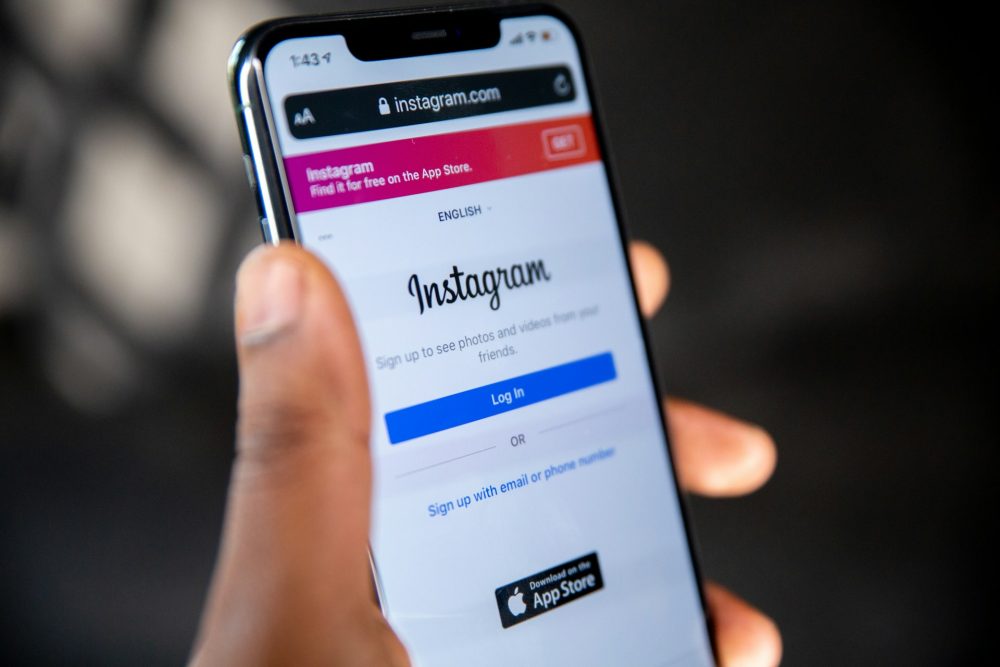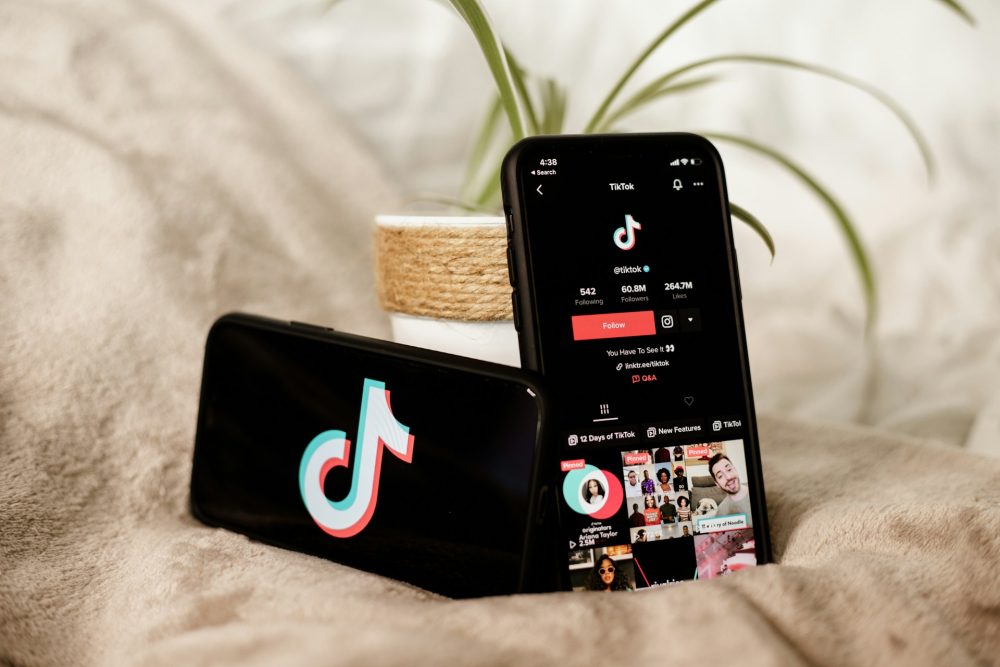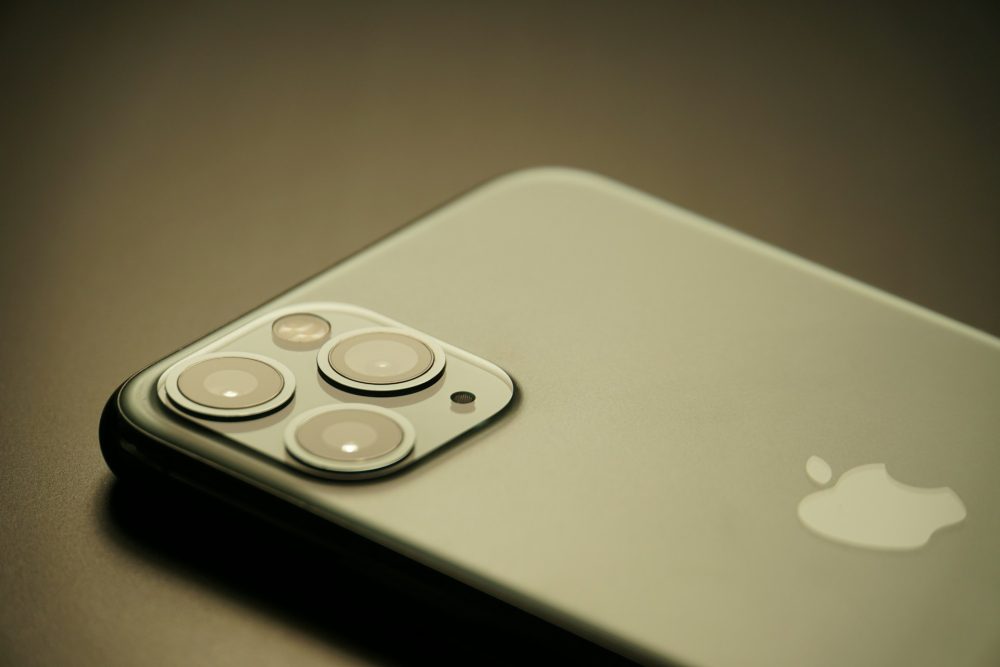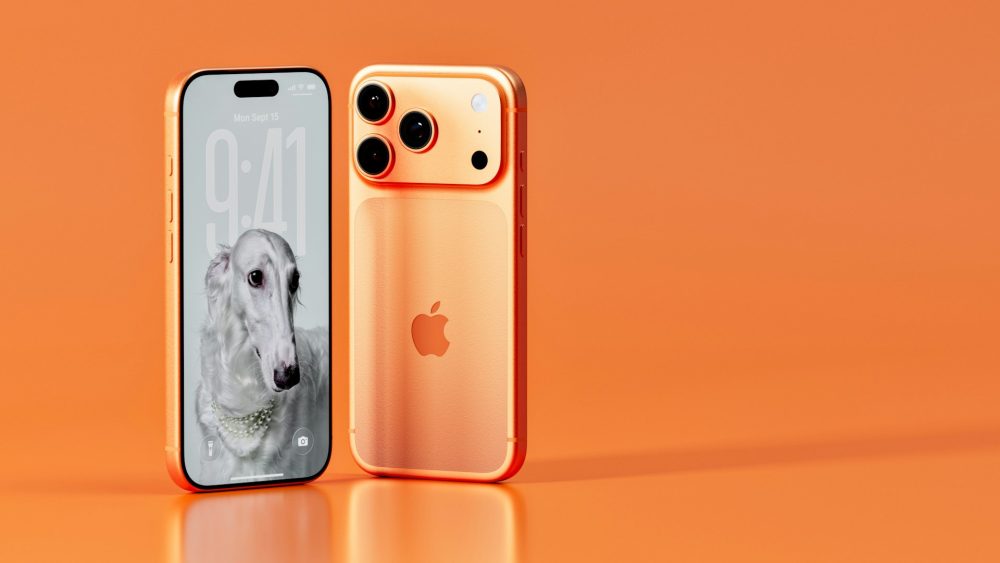Smartphones are no longer mere communication tools – they are compact computing platforms that influence how we work, play, learn, and manage health. For Xiaomi users and Android enthusiasts, the pace of change feels especially immediate – advances in chips, software, AI, battery technology, and device ecosystems are turning handsets into context-aware assistants and entertainment hubs. This article surveys the key trends rewriting the mobile experience and highlights practical implications for users – with a few neutral notes about adjacent services that rely on the same tech foundation, such as regulated sports-betting apps; for example, many platforms now offer fast in-play markets for specific events like a basketball bet, which depend on low-latency networks and robust app design – users should always choose licensed operators and enable responsible-play safeguards.
Better silicon – performance vs efficiency
Every generation of mobile SoCs improves two things at once – raw performance and power efficiency. Modern chipsets deliver desktop-class CPU cores, specialized neural-processing units (NPUs), and high-efficiency graphics engines – all tuned to run complex on-device workloads without draining a battery.
Why it matters for users:
- Smoother UI and multitasking – apps open faster, background tasks stay responsive, and animations remain fluid.
- On-device AI – NPUs let phones run voice recognition, image tagging, and personalization without sending data to the cloud.
- Gaming and AR – better GPU and memory architectures enable higher framerates, richer shaders, and practical AR experiences on mid-range devices.
Manufacturers balance clockspeed with thermals and battery life. For everyday users, that means choosing a handset that matches your usage – heavy gamers and creators lean toward flagship silicon, while everyday users often gain more from well-optimized mid-range chips.
Software & ecosystems – the advantage of integration
Hardware wins are magnified by software. An optimized OS delivers smoother animations, better power management, and tighter privacy controls. Device manufacturers who invest in their user interface and ecosystem see disproportionate benefits – coordinated updates, cloud backups, and cross-device continuity all create a stronger experience.
Key software trends:
- Feature drop cadence – regular incremental updates bring camera, security, and AI improvements without waiting for a full OS upgrade.
- Ecosystem sync – seamless file transfers, universal clipboard, and device continuity make phones part of a larger workflow that includes tablets, laptops, and smart home gear.
- Customization and privacy – granular permission controls and local-first features let users tune privacy versus convenience.
For brand ecosystems like Xiaomi’s, integration between phone, wearables, TV, and smart home devices is a differentiator – it keeps useful features close at hand.
On-device AI – smarter, faster, private
Cloud AI is powerful, but on-device models enable low-latency, private interactions. Whether you want live transcription, camera scene detection, or an assistant that executes tasks offline, local models are becoming viable.
Practical on-device use cases:
- Real-time transcription for meetings and lectures without uploading audio to servers.
- Camera enhancements such as night modes and instant subject separation processed locally.
- Battery-aware suggestions that adapt background activity based on predicted usage patterns.
This shift reduces latency and helps protect personal data – a win for privacy-minded users.
Battery chemistry and charging – the new battleground
Battery life remains a top consumer concern. Improvements come from cell chemistry, smarter charge controllers, and charging infrastructure.
What to expect:
- Faster charging – 100W+ flash charging has become mainstream on many devices, reducing real-world charging time dramatically.
- Adaptive charging – phones tailor charging curves to preserve battery health by slowing top-up near full capacity.
- Battery-as-a-service design – modular and repair-friendly approaches are gaining ground in some markets.
Longer battery life reduces anxiety and enables heavier use cases – continuous navigation, extended streaming, and multihour gaming sessions.
Computational photography – great photos without expertise
Modern phones rely on software to get great photos. Multiple sensors, stacked exposures, and AI pipelines generate dramatic improvements in low light, dynamic range, and portrait modes.
User benefits:
- Consistent results regardless of shooting skill – the phone compensates for shaky hands and tricky lighting.
- Advanced editing integrated into the camera app so users can fine-tune images without third-party software.
- Video stabilization and live HDR for smoother clips that look professional on social feeds.
The camera is often the single most-used feature on a smartphone, and computational methods continue to democratize high-quality imaging.
Wearables, health tracking, and sports tech
Fitness trackers and smartwatches are now credible health tools – offering heart-rate monitoring, sleep staging, and activity recognition. For athletes and casual exercisers alike, wearables provide actionable feedback.
Important developments:
- Clinical-grade sensors in consumer devices are improving detection for arrhythmias and other conditions.
- Personalized training plans that adapt intensity based on recovery metrics such as heart-rate variability.
- Ecosystem coaching where phone, watch, and earbuds coordinate to deliver guided workouts and real-time form cues.
These capabilities also feed data services and analytics platforms – always with the caveat that privacy and informed consent are essential when health metrics are collected or shared.
Gaming, cloud streaming, and low-latency services
Mobile gaming benefits from silicon and network advances. High-refresh screens, refined haptics, and optimized GPUs make handheld play compelling. Cloud gaming expands access further – letting mid-range phones stream top-tier titles without local rendering.
Network improvements matter:
- Low-latency 5G reduces input lag for competitive titles and live multiplayer.
- Edge compute brings game servers closer to players for smoother sessions.
Adjacent services – such as regulated sports-betting apps or live fantasy platforms – also rely on these low-latency, secure pipelines to provide real-time odds and in-play markets. These services are part of a broader entertainment ecosystem that benefits from fast networks and robust app design, but users should always prefer licensed operators that implement responsible-use safeguards.
Security and privacy – default protections
As phones become hubs for finance, health, and identity, security must be foundational rather than optional.
Best practices in modern phones:
- Hardware-backed keys for authentication and secure enclaves for sensitive data.
- Biometric unlocking that combines convenience with cryptographic protection.
- Transparent permission models that show how apps use sensors and data.
For any app that handles money or personal health data – including betting and financial services – choose vendors with strong regulatory compliance, clear privacy policies, and built-in user protections.
The IoT moment – phones as controllers
Phones increasingly act as the remote and brain for home devices. From vacuum bots to smart lights and energy meters, the mobile device is the primary interface.
What this offers users:
- Centralized control for diverse gadgets through a single app or hub.
- Context-aware automations that trigger actions based on location, time, or wearable signals.
- Simplified onboarding via BLE or QR scanning to register new devices quickly.
A cohesive mobile-centric IoT experience reduces friction and makes smart homes genuinely useful.
What to consider when choosing your next phone
With rapid advances across hardware and software, pick a device that suits your priorities:
- Choose better silicon for gaming and heavy multitasking.
- Favor brands with consistent update policies for long-term security.
- Check battery capacity and the charging strategy if uptime matters.
- Prioritize camera systems that match how you shoot – whether that’s low-light, ultra-wide landscapes, or video.
- Consider ecosystem fit if you own wearables or smart-home gear – seamless integration saves time and frustration.
Conclusion – tech that feels like tomorrow, today
Mobile technology is converging to create devices that are faster, smarter, and more context-aware. For users, that means richer experiences – from photo and video creation to health tracking and real-time entertainment. Some adjacent services – including regulated sports-betting apps and fantasy platforms – leverage the very same innovations to deliver live features and data-driven experiences. When these services operate under clear regulation and prioritize user protections they can be part of a healthy digital ecosystem. Ultimately the most compelling mobile platforms blend powerful hardware, thoughtful software, robust privacy safeguards, and a device ecosystem that simplifies daily life – making tomorrow’s tech accessible now.
